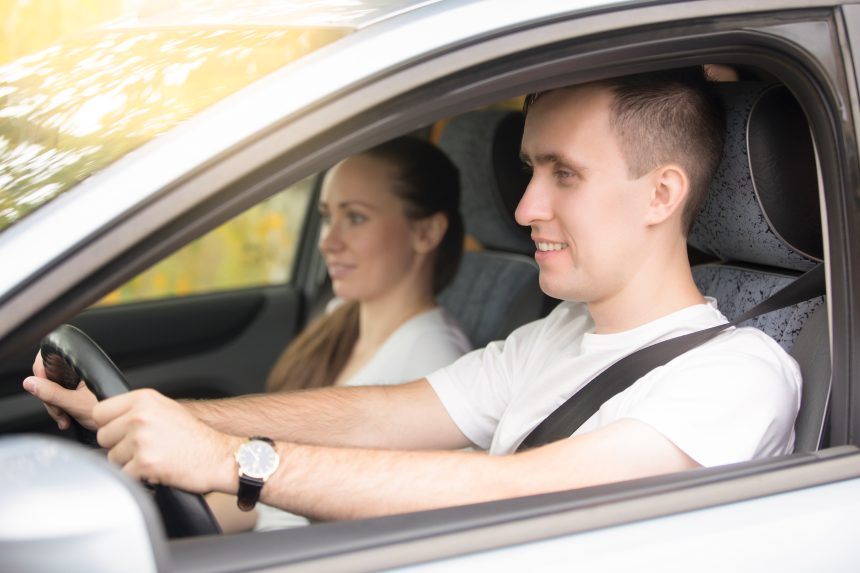Teaching young drivers about speed is crucial for promoting safe and responsible driving habits. Here are some key aspects to cover when educating young drivers about speed:
- Speed Limits: Emphasize the importance of adhering to posted speed limits. Explain that speed limits are set to ensure the safety of all road users, and exceeding them can lead to accidents and legal consequences.
- Variable Speed Limits: Teach young drivers to be aware of variable speed limits, which may change based on factors like road conditions, weather, and construction zones. Emphasize the need to adjust their speed accordingly.
- Speed and Reaction Time: Help young drivers understand the relationship between speed and reaction time. Explain that higher speeds reduce the time available to react to unexpected situations, making accidents more likely.
- Stopping Distances: Illustrate how increased speed extends the distance required to bring a vehicle to a complete stop. Teach young drivers about the concept of stopping distances and how they vary at different speeds.
- Road Conditions: Emphasize the impact of speed on a vehicle’s handling in various road conditions. Stress the importance of slowing down in adverse weather, such as rain, snow, or ice, to maintain control.
- Consequences of Speeding: Discuss the potential consequences of speeding, including increased severity of accidents, higher likelihood of injuries, and the legal repercussions such as fines, license points, or even license suspension.
- Peer Influence: Address the influence of peer pressure on young drivers. Encourage them to make responsible decisions and resist pressure to drive at unsafe speeds.
- Role Modeling: Demonstrate responsible driving behavior as a role model. Young drivers often learn by observing the habits of experienced drivers, so set a positive example by following speed limits and practicing safe driving behaviors.
- Technology and Distractions: Remind young drivers about the dangers of distracted driving, particularly the use of mobile devices. Stress the importance of focusing on the road and avoiding any activities that may divert attention.
- Graduated Driver Licensing (GDL) Programs: Familiarize young drivers with the requirements and restrictions of GDL programs. These programs often include specific speed limits for novice drivers, especially during the initial stages of their driving experience.
Consistent communication, ongoing education, and practical demonstrations can contribute to shaping responsible attitudes towards speed among young drivers. Encouraging a sense of responsibility and awareness early on can help create safer roads for everyone.

